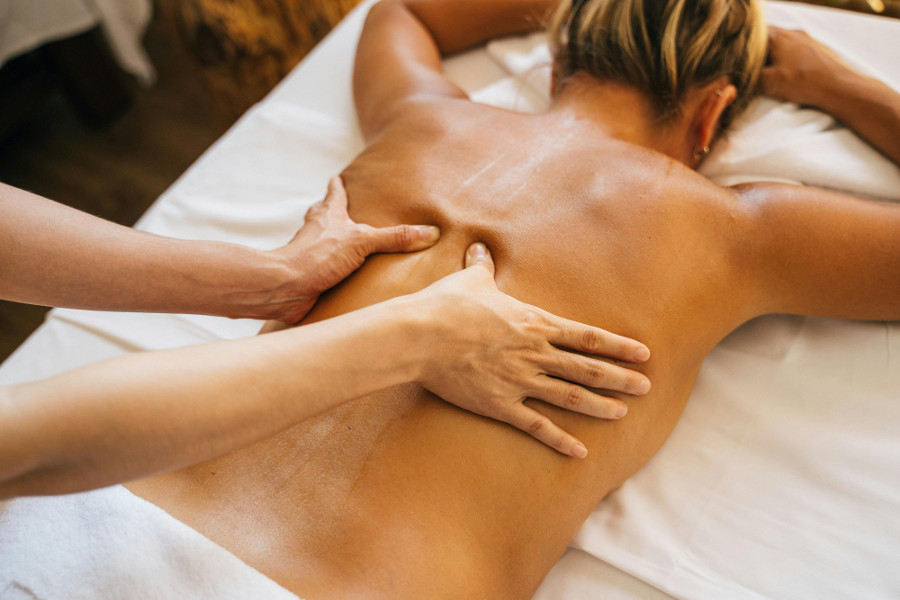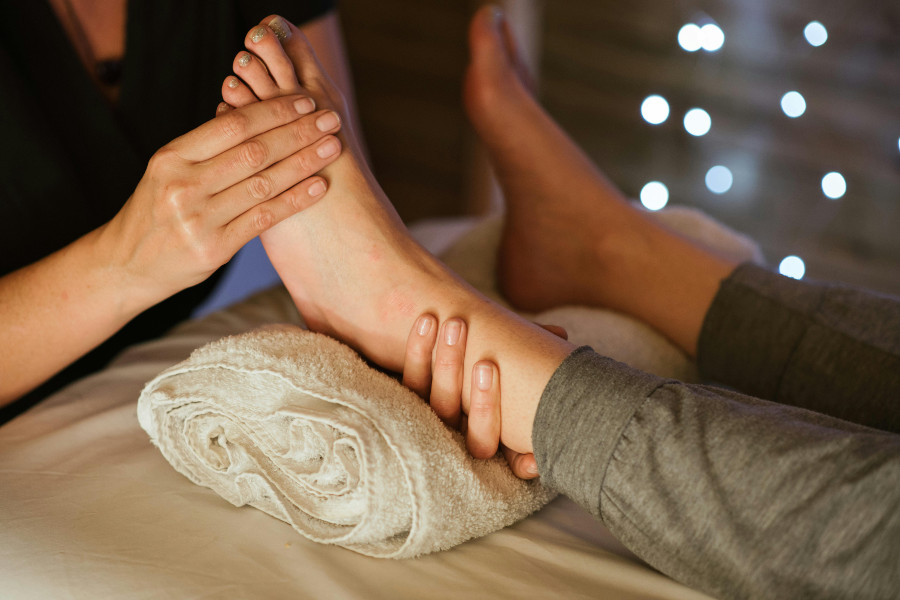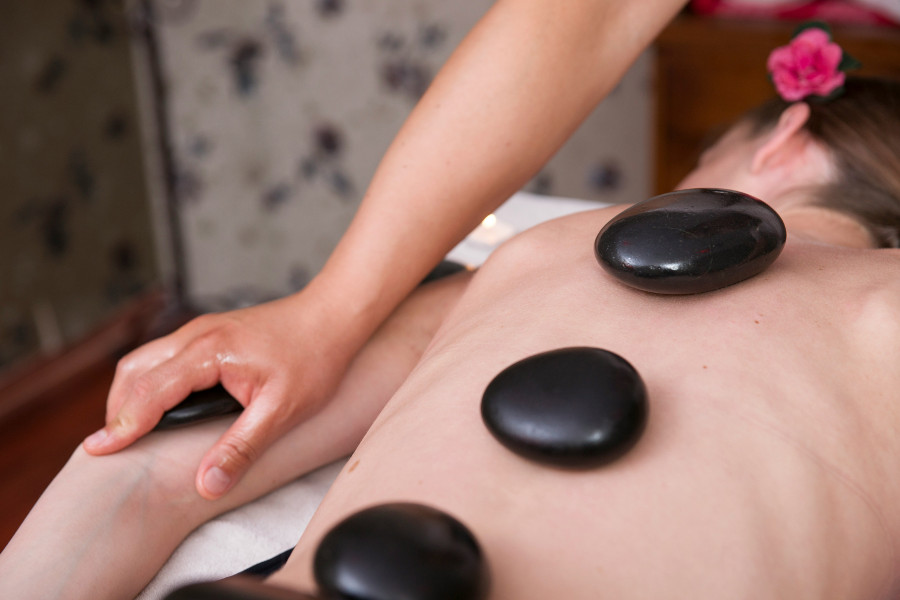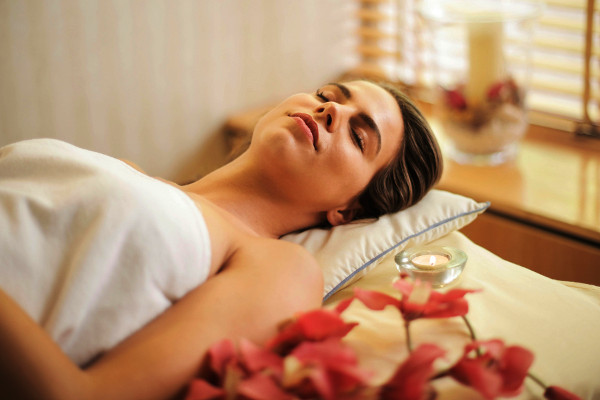The Healing Power of Massages: The Physical and Mental Health Benefits
In a world that never seems to slow down, taking time for yourself has never been more important. Massage, often seen as a luxury, is actually a simple and powerful way to reconnect with your body and mind. It helps release tension, quiet your thoughts, and invite a sense of calm into your everyday life. Whether you're seeking relief from stress or just a moment to breathe, massage offers a gentle path back to balance and well-being.

The Healing Power of Massage in Self-Care
Feeling stressed, overwhelmed, or just plain exhausted? You're not alone. Most of us are constantly juggling work, screens, social obligations, and daily responsibilities, all while trying to keep our minds and bodies in balance. It’s no surprise that we often feel physically tense and mentally drained. And yet, we rarely give ourselves the time or permission to truly unwind.
That’s where massage therapy comes in. Often misunderstood as a luxury or occasional treat, massage is actually one of the most effective self-care tools out there. It’s a way of tuning in to your body, easing the tension you didn’t even know you were carrying, and reconnecting with a more grounded version of yourself.
In this article, we’ll explore why massage deserves a place in your regular self-care routine, how it can help both your body and mind, and which types might be right for you.
Physical Health Benefits of Massage
When we think about taking care of our bodies, we often focus on diet, exercise, or sleep. But massage offers its own quiet yet powerful support system for physical well-being.
1. Easing Muscle Tension
Tight shoulders, stiff neck, sore lower back – these are the physical imprints of daily stress and modern posture habits. Massage gently releases those built-up knots, helping your muscles relax and move more freely. It’s like pressing a reset button on your body.
2. Boosting Circulation
One of the lesser-known effects of massage is how much it improves blood flow. Better circulation means more oxygen and nutrients are delivered throughout your body. It also supports heart health and speeds up recovery after physical activity or injury.
3. Supporting the Lymphatic System
Your lymphatic system plays a key role in clearing waste and toxins from the body. Certain massage techniques, like lymphatic drainage, help stimulate this process, making it easier for your body to stay balanced and resilient.
4. Managing Chronic Pain
For those living with ongoing pain – whether from migraines, fibromyalgia, or old injuries – massage can offer real relief. It softens tension in the deeper layers of muscle and fascia, helping to reduce pain signals and promote ease in the body.
5. Posture Awareness
We sit a lot. Whether it’s behind a desk, on the sofa, or staring at our phones, all that slouching takes a toll. Massage helps reset misalignments, relax overworked muscles, and can even improve the way you hold yourself day to day.

Mental and Emotional Benefits of Massage
Massage doesn’t just loosen up your muscles. It soothes your nervous system, quiets your mind, and creates space for emotional healing. In short: it helps you feel more like yourself again.
1. Stress Reduction
One of the most immediate effects people notice after a massage is a deep sense of calm. And it’s not just in your head – massage actually lowers stress hormones like cortisol and increases feel-good chemicals like dopamine and serotonin. It’s a shortcut to that peaceful, grounded feeling we all crave.
2. Calming Anxiety and Low Mood
Massage offers more than physical touch – it offers presence, care, and connection. For people struggling with anxiety or low mood, it can be a comforting way to feel supported and less alone. It’s not a replacement for therapy, but it can work beautifully alongside it.
3. Better Sleep
If you find yourself tossing and turning at night, massage might help. By slowing down the nervous system and relaxing the body, it can help improve both the quality and quantity of your sleep.
4. Reconnecting With Your Body
In times of stress or emotional difficulty, many people feel disconnected from their own bodies. Massage invites you back into your physical self – helping you feel more aware, more grounded, and more present in the moment.
Different Types of Massage: What’s Right for You?
Not all massages are the same. Some are gentle and calming, others deep and intense. Choosing the right one depends on what you need most.
1. Swedish Massage
This is probably the most well-known type of massage – and for good reason. With long, flowing strokes and light to moderate pressure, Swedish massage is perfect if you’re looking to relax, release surface tension, and give your nervous system a break.
2. Deep Tissue Massage
If you’re dealing with persistent knots or long-term muscle tension, deep tissue might be a better fit. It works on the deeper layers of muscle and connective tissue and is especially helpful for people with chronic pain or postural issues.
3. Sports Massage
Designed for athletes or anyone with an active lifestyle, sports massage helps prevent injuries, reduce soreness, and speed up recovery. It’s more targeted and often includes stretching or movement.
4. Trigger Point Therapy
This method zeroes in on specific points in your muscles – commonly called “knots” – that can cause pain or discomfort in other areas. It’s great for people with localized tension or recurring pain patterns.
5. Shiatsu and Thai Massage
These Eastern-inspired techniques are a little different. Shiatsu uses pressure on energy points, while Thai massage involves gentle assisted stretching. Both aim to restore balance and energy flow in the body.
6. Lymphatic Drainage
Using very light, rhythmic movements, this type of massage helps stimulate the lymph system. It’s gentle but effective, especially for people recovering from illness or surgery, or dealing with swelling or fluid retention.

Incorporating Massage into Your Self-Care Routine
Massage doesn’t have to be a rare treat. With a little intention, it can become a regular part of how you take care of yourself.
1. How Often Is Enough?
You don’t need to go every week to feel the benefits. Even once a month can make a big difference. Some people schedule sessions more frequently when dealing with specific issues like injury or burnout, and then scale back once they feel better.
2. At-Home Alternatives
If regular professional massage isn’t realistic, there are still great options:
- Use a foam roller or massage ball to release tension at home.
- Try a massage gun for sore muscles after workouts.
- Follow a guided video to learn basic self-massage techniques.
- Ask a partner or friend for a simple shoulder or foot massage.
3. Mix and Match
Massage works beautifully alongside other self-care practices. Think about pairing it with:
- Yoga or gentle stretching
- Aromatherapy using calming essential oils
- Meditation or breathwork for deeper relaxation
4. When to Be Cautious
There are times when massage might not be appropriate – such as right after surgery, if you have an infection or fever, or with certain medical conditions. Always check with a healthcare professional if you’re unsure.
Choosing the Right Massage Therapist
Your massage experience depends a lot on who you work with. A good therapist will make you feel safe, listened to, and respected.
1. Look for Credentials
Make sure your therapist is licensed or certified, and ideally trained in the type of massage you’re looking for.
2. Ask About Specialties
Some therapists are trained in working with specific groups – like athletes, pregnant clients, or people with trauma. Don’t be afraid to ask what their focus is.
3. Comfort Matters
You should feel at ease during your session. A professional therapist will always check in with you, respect your boundaries, and be open to feedback.
4. Choose the Setting That Suits You
Whether it’s a wellness center, a mobile therapist who visits your home, or a spa environment – find what works best for your comfort and schedule.
Resources, further reading
Here are a few useful resources for further reading:
- Mayo Clinic – Massage Therapy
- Cleveland Clinic – Benefits of Massage
- National Center for Complementary and Integrative Health (NCCIH) – Massage Therapy
- Reddit – r/Massage
- Health.com – Lymphatic Drainage Massage
Conclusion
Massage is so much more than a way to pamper yourself. It’s a gentle but powerful form of care – for your muscles, your mind, and your spirit. It helps you slow down, tune in, and let go of the weight you’ve been carrying around – sometimes without even realizing it.
In a fast-moving world that pulls our attention in a thousand directions, massage offers something rare: presence, touch, and calm. Whether it’s once a month with a professional or five minutes with a foam roller, it’s a small step toward feeling more grounded, more whole, and more in tune with yourself.
Enjoy your next relaxing massage.



